Does Camera Bag Count As Personal Item?
When it comes to air travel, one of the most common questions among photographers and travelers alike is whether a camera bag counts as a personal item. This question is particularly relevant given the strict baggage policies enforced by many airlines. Understanding the nuances of these policies can help travelers avoid unexpected fees and ensure that their valuable equipment is safely transported. In this article, we will delve into the specifics of airline baggage policies, the definition of personal items, and practical tips for traveling with a camera bag.
Understanding Airline Baggage Policies
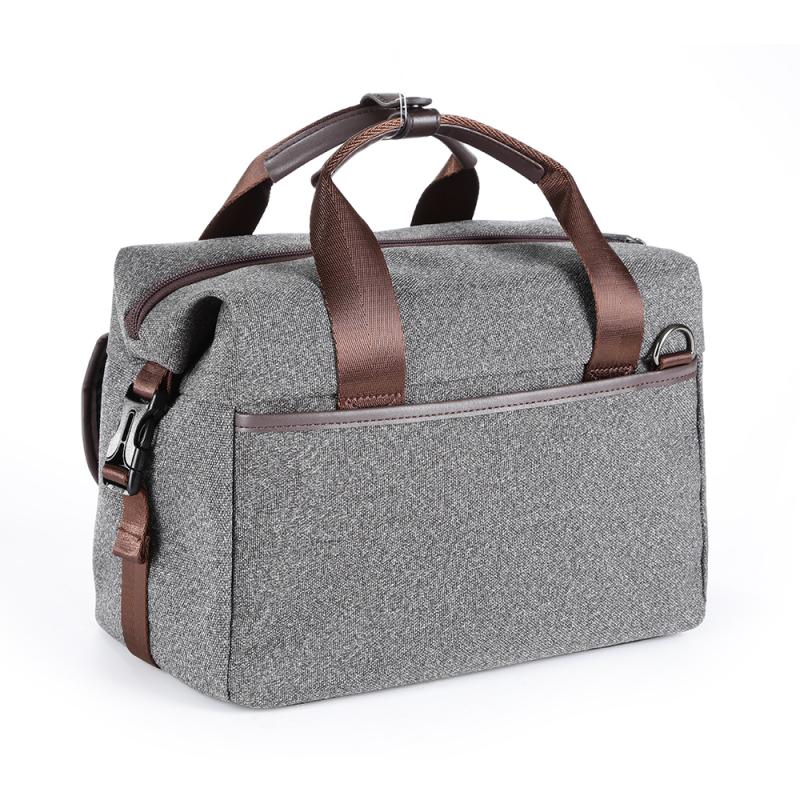
Airline baggage policies can vary significantly from one carrier to another, but they generally categorize luggage into three main types: checked baggage, carry-on baggage, and personal items. Checked baggage is stored in the aircraft's cargo hold, while carry-on baggage and personal items are kept with the passenger in the cabin.
Carry-on Baggage: This typically includes larger items such as suitcases or duffel bags that fit in the overhead compartment. Airlines usually have strict size and weight limits for carry-on baggage.
Personal Items: These are smaller items that must fit under the seat in front of you. Common examples include purses, laptop bags, and small backpacks. The size and weight restrictions for personal items are generally less stringent than for carry-on baggage, but they still exist.
Defining a Personal Item
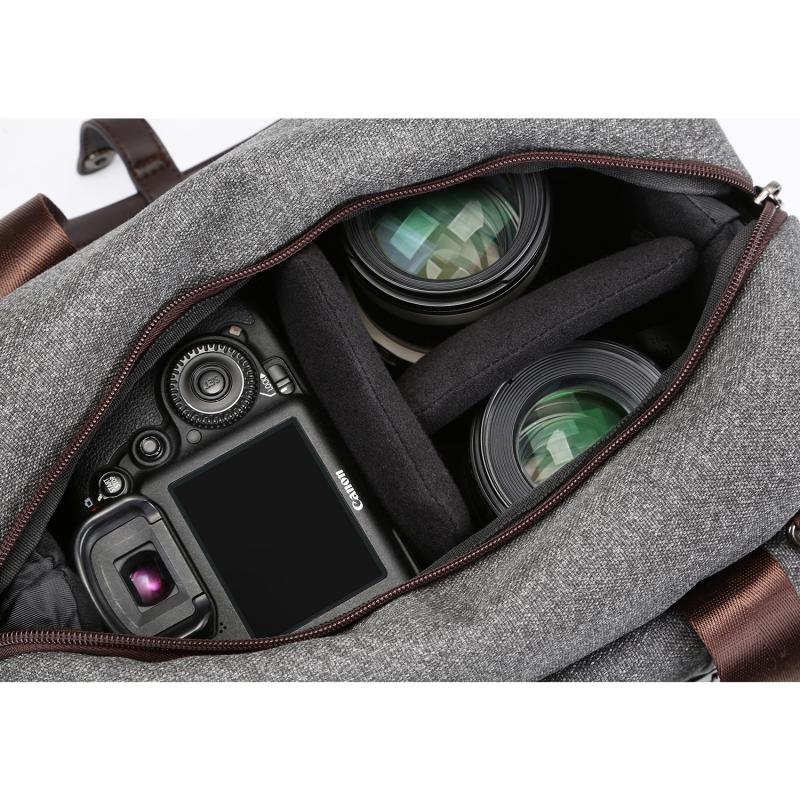
The definition of a personal item can be somewhat ambiguous and varies by airline. However, most airlines provide a list of acceptable personal items, which often includes:
- Purses
- Briefcases
- Laptop bags
- Small backpacks
- Diaper bags
The key factor is that the item must fit under the seat in front of you. This is where the question of whether a camera bag counts as a personal item comes into play.
Camera Bags as Personal Items
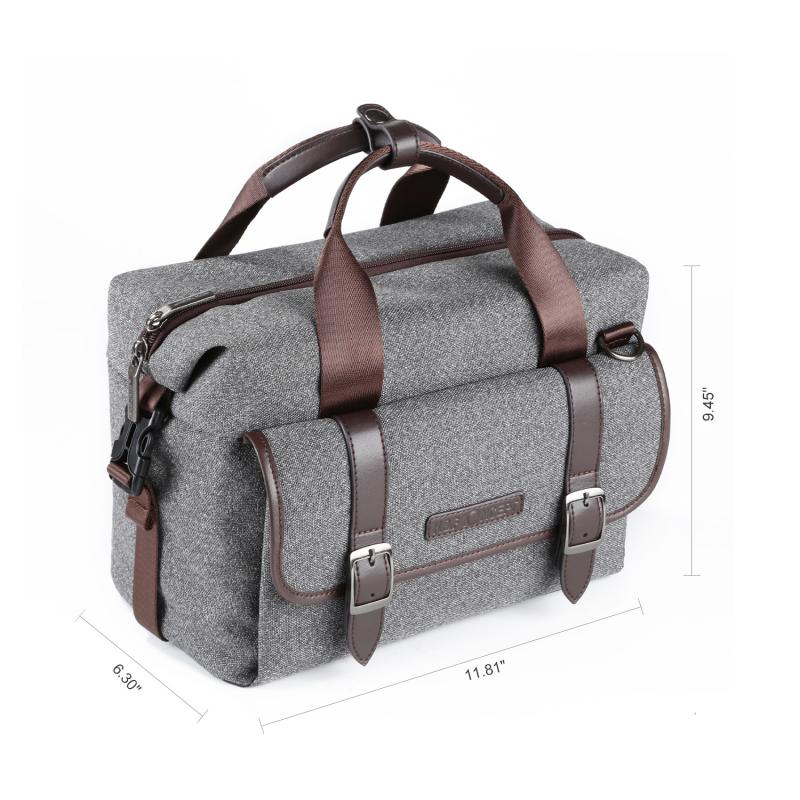
Camera bags come in various shapes and sizes, from small pouches that hold a single camera to large backpacks designed to carry multiple lenses, tripods, and other equipment. Whether a camera bag counts as a personal item largely depends on its size and the airline's specific policies.
Small Camera Bags: If your camera bag is small enough to fit under the seat in front of you, it will likely be considered a personal item. This is especially true for compact camera bags that hold just a camera and a couple of lenses.
Large Camera Bags: Larger camera bags, such as those designed for professional photographers, may not fit under the seat and could be considered carry-on baggage instead. In this case, you would need to ensure that your camera bag meets the airline's carry-on size and weight restrictions.
Practical Tips for Traveling with a Camera Bag
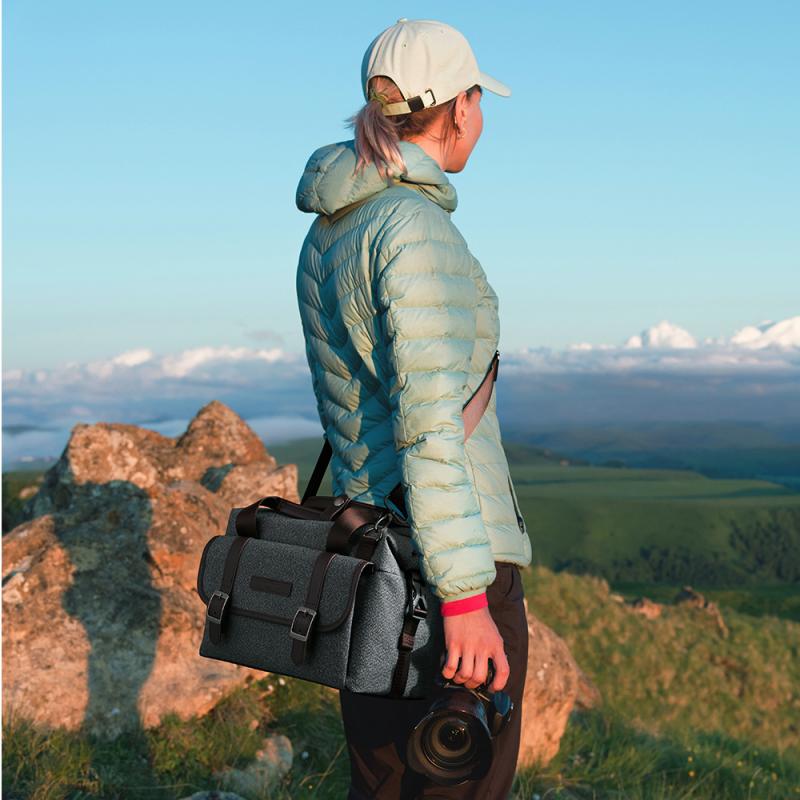
To ensure a smooth travel experience, here are some practical tips for traveling with a camera bag:
1. Check Airline Policies: Before you travel, check the baggage policies of your airline. Look for specific information about personal items and carry-on baggage. Some airlines may explicitly mention camera bags in their guidelines.
2. Measure Your Bag: Measure the dimensions of your camera bag to ensure it fits within the airline's size limits for personal items. If it doesn't, you may need to consider it as carry-on baggage.
3. Pack Efficiently: If your camera bag is on the larger side, try to pack it efficiently to minimize its size. Remove any non-essential items and consider using a smaller bag for your camera gear.
4. Use a Dual-Purpose Bag: Some camera bags are designed to double as laptop bags or backpacks. These dual-purpose bags are more likely to be accepted as personal items.
5. Communicate with Airline Staff: If you're unsure whether your camera bag will be accepted as a personal item, communicate with the airline staff at check-in or boarding. They can provide guidance and help you avoid any issues.
6. Consider a Second Bag: If your camera bag is too large to be considered a personal item, you may need to bring a second, smaller bag for your personal items. This way, you can still comply with the airline's baggage policies.
Real-World Examples
To provide a clearer picture, let's look at the policies of a few major airlines:
American Airlines: American Airlines allows one carry-on bag and one personal item. They specify that personal items must fit under the seat in front of you and list examples such as purses, briefcases, and laptop bags. A small camera bag that fits under the seat would likely be considered a personal item.
Delta Air Lines: Delta's policy is similar, allowing one carry-on bag and one personal item. They also provide a list of acceptable personal items, which includes camera bags. However, the bag must fit under the seat.
United Airlines: United Airlines allows one carry-on bag and one personal item. They specify that personal items must fit under the seat and provide examples such as purses, laptop bags, and small backpacks. A small camera bag would likely be accepted as a personal item.
Southwest Airlines: Southwest allows one carry-on bag and one personal item. They provide a list of acceptable personal items, which includes camera bags. The bag must fit under the seat in front of you.
In conclusion, whether a camera bag counts as a personal item largely depends on its size and the specific policies of the airline you are traveling with. Small camera bags that fit under the seat in front of you are generally accepted as personal items, while larger bags may need to be considered as carry-on baggage. By understanding airline policies, measuring your bag, and packing efficiently, you can ensure a smooth travel experience with your camera gear. Always check with your airline before you travel to avoid any surprises and ensure that your valuable equipment is safely transported.


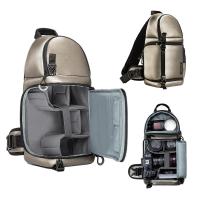
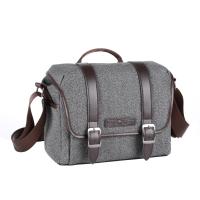
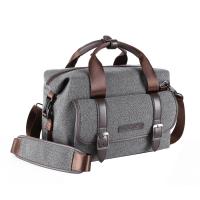
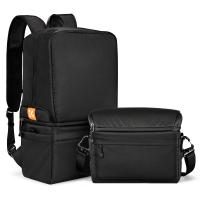
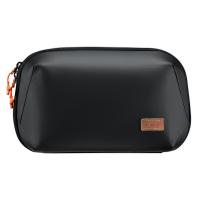
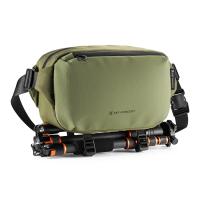
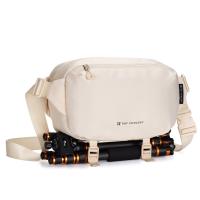
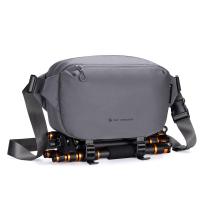
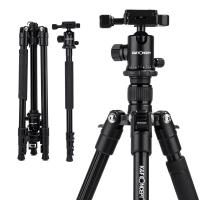

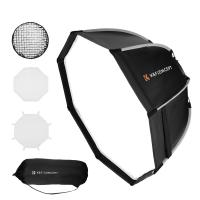




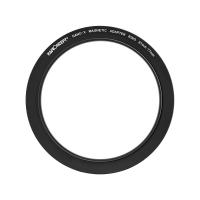
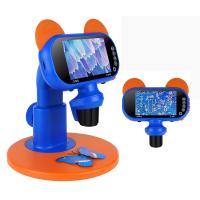
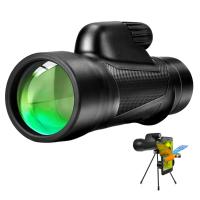
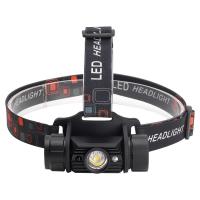
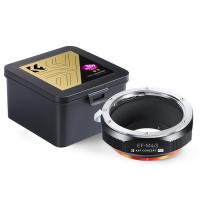

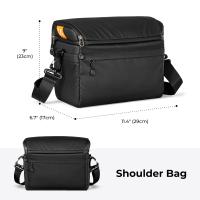
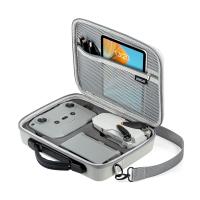
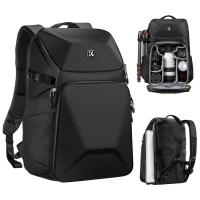
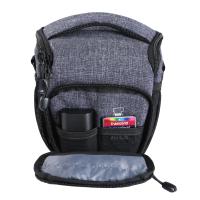
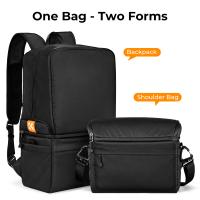
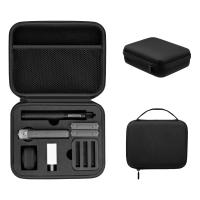



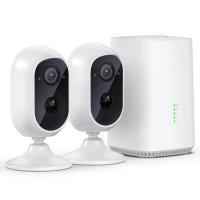




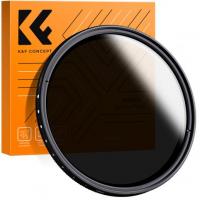
There are no comments for this blog.